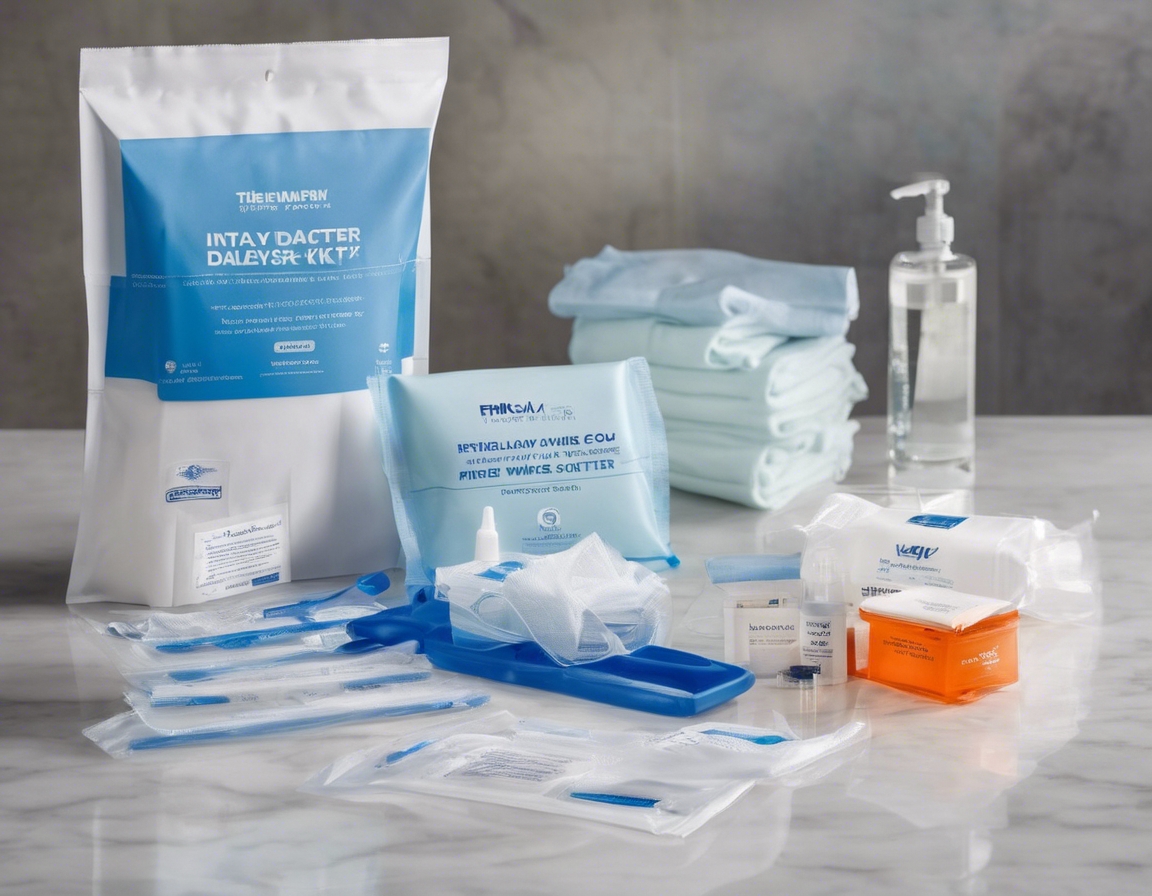Home dialysis therapies: taking control of your treatment
Kidney disease, also known as renal disease, refers to the gradual loss of kidney function. Over time, the kidneys can become damaged and may be unable to filter waste and excess fluids from the blood effectively. This can lead to a buildup of toxins in the body, which is potentially life-threatening.
Dialysis is a lifesaving treatment that mimics some of the functions of healthy kidneys. It helps to remove waste, salt, and extra water to prevent them from building up in the body, keeps a safe level of certain chemicals in your blood, such as potassium, sodium, and bicarbonate, and helps to control blood pressure.
The Evolution of Dialysis: From Clinic to Home
For many years, dialysis treatment was primarily administered in clinics. Patients would travel to a dialysis center several times a week to receive their treatment, which could be time-consuming and disruptive to daily life.
Advancements in technology and a growing emphasis on patient-centered care have led to the development of home dialysis therapies. These therapies allow patients to receive dialysis treatment in the comfort of their own homes, offering greater flexibility and autonomy.
Types of Home Dialysis Therapies
Peritoneal Dialysis uses the lining of your abdomen, called the peritoneum, as a natural filter. A cleansing solution called dialysate is infused into your abdomen through a catheter, where it absorbs waste and fluid. After a prescribed period, the dialysate is drained from your abdomen, taking the waste with it.
Home Hemodialysis involves the same basic principles as in-center hemodialysis, but it can be done at home and sometimes while sleeping. This method requires a machine that filters your blood through a dialyzer, also known as an artificial kidney.
Benefits of Home Dialysis
Home dialysis offers the flexibility to schedule treatments around your lifestyle, rather than adjusting your lifestyle to fit your treatment schedule. This can make it easier to maintain employment and participate in social activities.
Studies have shown that patients on home dialysis often report a better quality of life compared to those who receive in-center treatment. The comfort of being at home and the ability to self-manage care can contribute to a greater sense of well-being.
Managing your own dialysis treatment at home can empower you to take an active role in your healthcare. This can lead to increased independence and a stronger sense of control over your health.
Considerations Before Starting Home Dialysis
Not everyone is a candidate for home dialysis. Factors such as your medical condition, home environment, and personal preferences will play a role in determining if home dialysis is right for you.
Home dialysis requires a significant commitment of time and effort, including performing the treatment, monitoring your health, and maintaining the equipment.
It's important to have a clean, safe space for your treatments and support from family or friends who can assist if needed.
Getting Started with Home Dialysis
Before starting home dialysis, you'll undergo comprehensive training to ensure you're comfortable and confident in performing the treatments. This includes learning how to operate the equipment and handle any potential emergencies.
Creating a dedicated space for your dialysis treatments is crucial. This area should be clean, well-organized, and easily accessible.
Even though you'll be performing dialysis at home, you won't be alone. Your healthcare team will provide ongoing support and will be available to answer any questions or concerns you may have.





Comments (0)